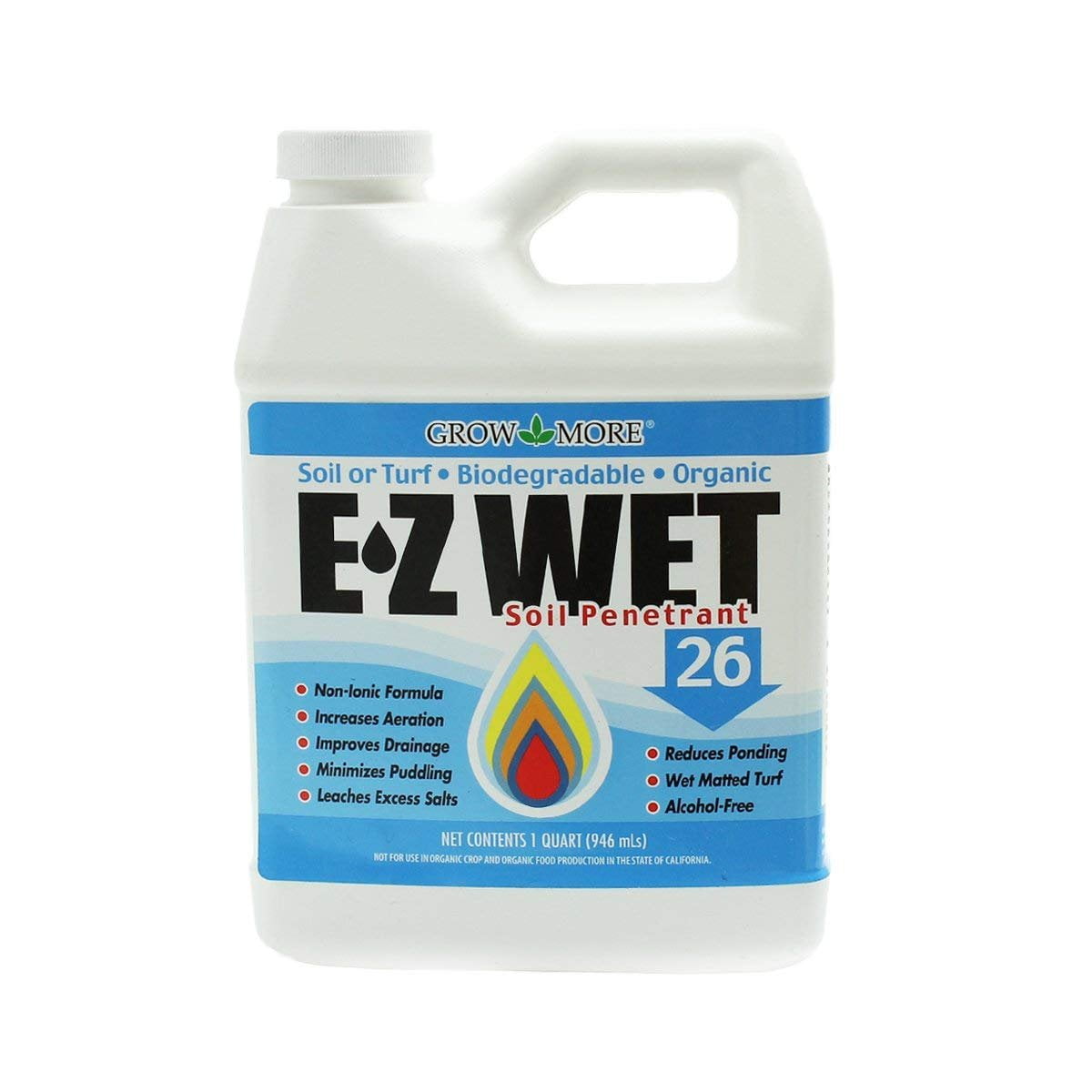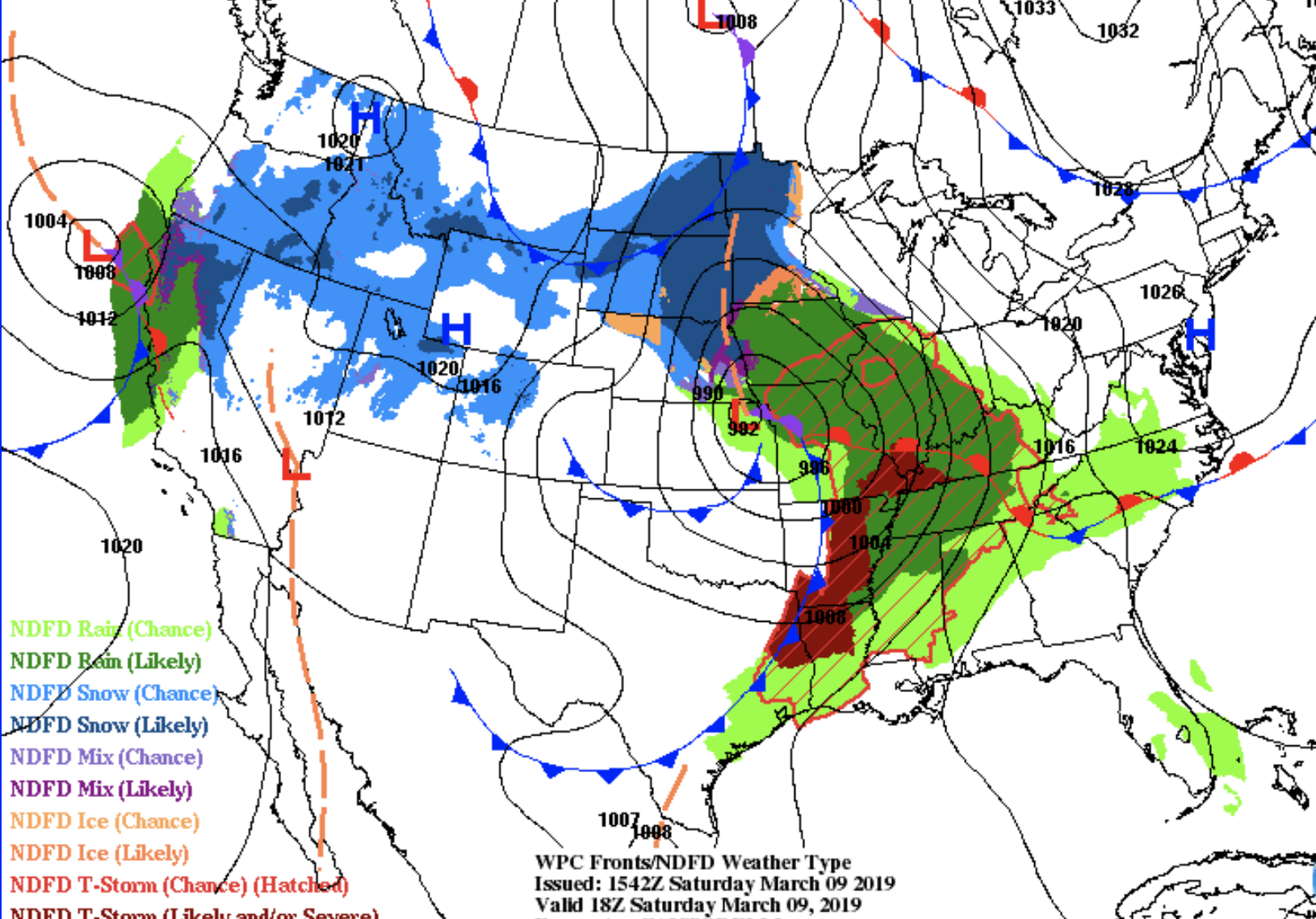
Treatment options include: Foods that make you more lubricated and wet

Treatments for valgyna dryness vary depending on the cause of your condition. ° Visit your doctor if you have symptoms of dryness that are severe or don’t go away. ° Your doctor may also test your discharge to check for other causes of dryness. ° You may also undergo testing of your hormone levels to see if you’re going through menopause. ° If you have valg dryness, your doctor can perform a pelvic exam to determine whether the walls of your hmm hmm are thin, pale, or red.

It causes severe pain and discomfort during knacks and can lead to bacterial and yeast infections. It occurs when the tissue of vig.ina is not lubricated. Vaginal dryness is a common condition mostly in older women but it can happen at younger age too. “The base climate is going to be drifting … the dry areas are going to become even more water stressed and the wet regions will probably become wetter.Foods that make you more lubricated + Foods that make you wetter, How to increase water in a woman naturally, 6 foods that make you taste sweeter….foods for virgina lubrication. The researchers estimated the water cycle could accelerate by 24% by the end of the century, posing a threat to the supply of freshwater in parts of the world.ĭr Susan Wijffels, co-chair of the global Argo project and a co-author on the study, said that although Australia would continue to experience periodic El Nino and La Nina dry and wet spells, there would be “an underlying, long-term change of the background”.Īustralia was stuck in the middle of oceanic regions dominated by evaporation, so droughts would become more severe. "These changes suggest that arid regions have become drier and high rainfall regions have become wetter in response to observed global warming.”

Lead author Paul Durack, a post-doctoral fellow at the Lawrence Livermore National Laboratory, said “salinity shifts in the ocean confirm climate and the global water cycle have changed. "Warming of the Earth’s surface and lower atmosphere is expected to strengthen the water cycle largely driven by the ability of warmer air to hold and redistribute more moisture.” What happened at sea also applied to land, said Richard Matear, of CSIRO’s Wealth from Oceans Flagship, because “the ocean … stores 97% of the world’s water, receives 80% of all surface rainfall and has absorbed 90% of the Earth’s energy increase associated with past atmospheric warming.

The water cycle had strengthened by 4% between 19 - twice the rate forecast by global climate models. They found salty areas had been getting saltier and fresh areas fresher. In a paper published today in the journal Science, researchers from CSIRO and Lawrence Livermore National Laboratory, California, report that the “rich get richer” effect in the water cycle marks a clear fingerprint of climate change.īy looking at ocean salinity levels collected by 3,500 robot buoys, known as Argo, the researchers were able to determine which parts of the ocean experienced more rain fall than water evaporation - or vice versa. The increase in the rate at which the atmosphere moves water from dry spots to wet spots means the world’s dry areas, like Australia, have been getting drier, while wet regions have been getting wetter. The cycle of evaporation and rainfall over the past 50 years has intensified at twice the rate predicted by climate change models, according to a report by US and Australian scientists of ocean salt levels.


 0 kommentar(er)
0 kommentar(er)
